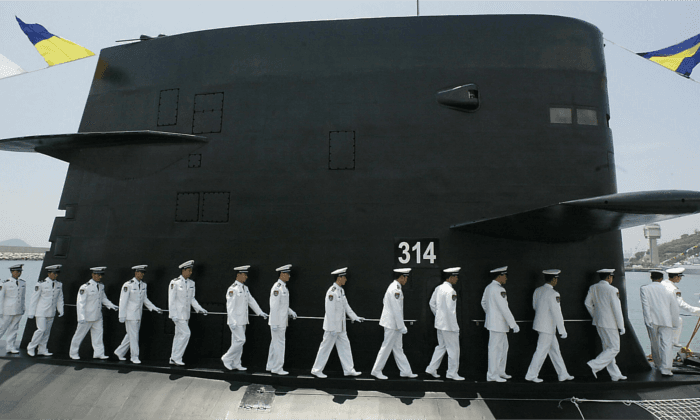A giant antenna that will have the capability to communicate with submarines deep underwater is being developed in China, according to the South China Morning Post.
The project, Wireless Electromagnetic Method (WEM), has taken 13 years to build, and is now ready to transmit, Chinese researchers stated.





